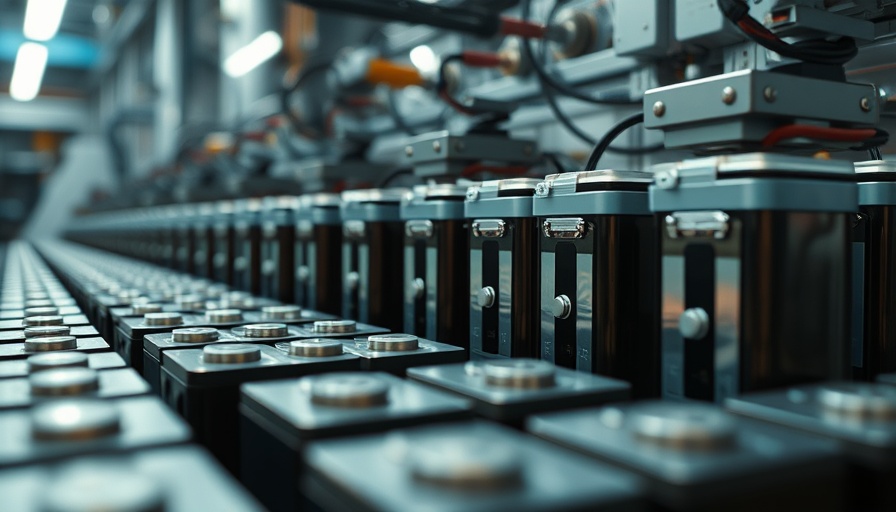
Understanding Tariffs and Their Impact on the Battery Industry
Tariffs are taxes imposed on imported goods, and their effects reach far beyond the borders of any single country. The recent sweeping tariffs enacted by the Trump administration will impact a wide range of industries, but the battery sector is poised to endure some of the most significant consequences. As the White House recently announced a pause on reciprocal tariffs for a limited time, the plight of the battery market, which is heavily reliant on imports from China, remains precarious.
The Global Supply Chain and Battery Manufacturing
In 2023, China produced over 75% of the world’s lithium-ion battery cells. With tariffs now being levied heavily against Chinese imports—including an alarming potential total increase to 132%—the price of essential battery components will rise sharply. This surge not only affects electric vehicles (EVs) and grid storage installations but also impacts consumer electronics that rely on rechargeable batteries, like laptops and smartphones.
The Broader Economic Ramifications
The U.S. still imports a majority of its lithium-ion batteries, and as tariffs escalate, manufacturers will be forced to pass those costs onto consumers. For instance, if the costs of batteries go up, it’s likely that the price of electric vehicles may skyrocket, dampening their adoption and slowing progress toward climate change goals. It creates a paradox: while tariffs aim to bolster domestic production, they might deter consumers from making greener choices due to increased costs.
Future Predictions for Tariffs and Battery Costs
As tariffs on batteries and their components rise, industry experts predict a shake-up in the battery manufacturing landscape. The need for alternative supply chains will gather momentum as American companies seek ways to circumvent high tariff costs. This could lead to innovative solutions, such as developing domestic battery production capabilities. However, the transition won’t be easy and may require significant investment and time to establish.
Paving a Path Forward
What lies ahead for the battery industry depends not only on the potential pause or adjustment of tariffs but also on how quickly industries adapt to the new economic landscape. Reducing reliance on foreign components through smart investments in domestic manufacturing could provide a long-term solution that stabilizes the market.
As we navigate these turbulent waters, it’s crucial for consumers, manufacturers, and policymakers to understand the broader implications of these tariff actions and consider strategic measures that promote technological advancement while supporting climate goals.
 Add Row
Add Row  Add
Add 




Write A Comment